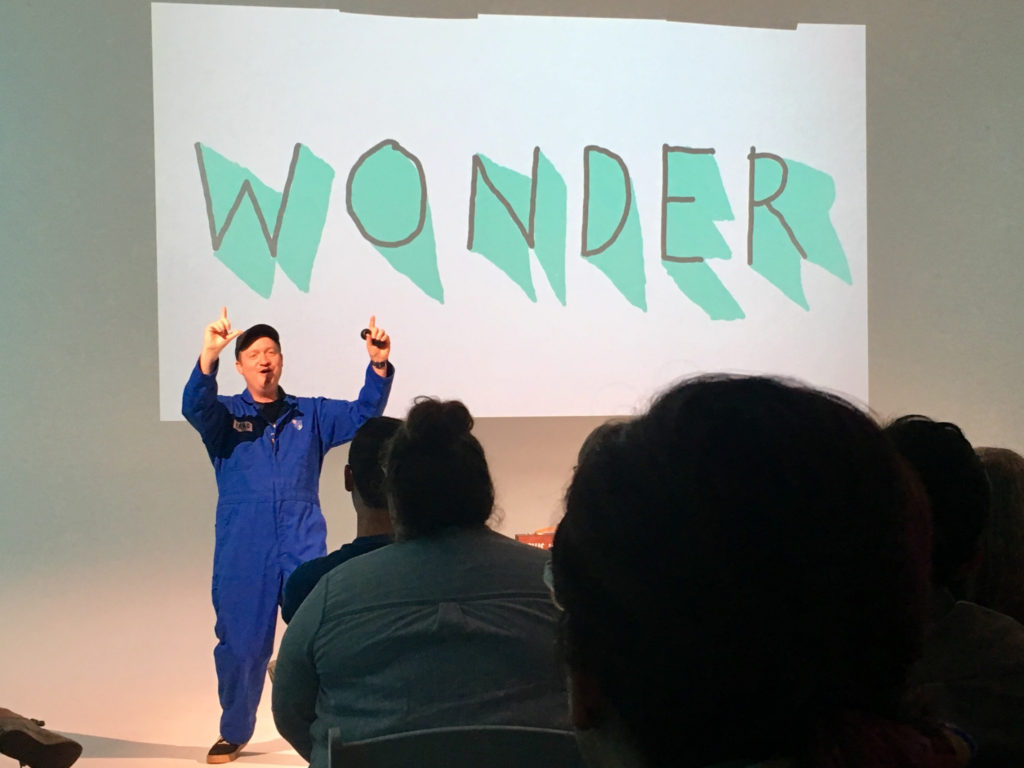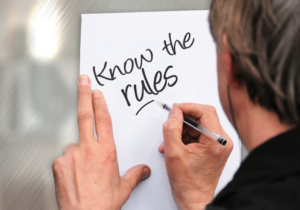STORY is kind of hard to explain. Before I went to the conference in Nashville Sept. 19-21, I didn’t really know how to describe it. I used words like “immersive gathering” and “creative” and “storytellers” because those were the words used on the website. But I didn’t know what I was getting myself into.
Even weeks after returning, I still struggle to describe it. But I can tell you how it made me feel: Inspired, empowered, fired up and ready to get back to work.
(The video below will give you a feel for the event. And, if you look closely, you’ll see me eating lunch on the steps.)
The conference explored the many ways stories can touch people and change us, and how we can use stories to connect with people in life and in work.
Now I want to pay it forward by sharing some of my biggest takeaways with you.
1. “Inspiration is for amateurs. Show up and work.” – Don Hahn, legendary producer of “The Lion King” and “Beauty and the Beast”
Though it may have been directed at creatives struggling to come up with ideas, the underlying theme of this quote could apply to anyone. Show up and work. That’s the most important part of being successful at anything you do, whether it’s writing executive summaries, crafting proposals or penning the next Great American Novel. Don’t wait to be inspired. Just put in the work.
2. “Moving people doesn’t depend on how perfectly we deliver the message; the connection is what matters.” – Allison Fallon, author and creative coach
If you’ve been through Ty Boyd’s Excellence in Speaking Institute, this may sound familiar. Excellence in Speaking doesn’t teach you how to memorize a speech so that you can deliver it perfectly, word for word. You learn strategies for connecting with an audience, making them feel your words. That’s what matters. That’s not to say that spelling and grammar and words aren’t important – they absolutely are – but the perfect speech or executive summary fails if it doesn’t create a connection to the intended audience.
3. “It’s not just what you say, but how you say it – and how people read it.” – David Paull, founder and CEO of Engagious and Dialsmith
So, how do you connect with people? One way involves tapping into their cognitive biases.
Paull defined cognitive bias using this quote from an article in The Atlantic: It’s “a faulty way of thinking that is hard-wired in the human brain.” You can use this faulty way of thinking to move people in your writing and speech. Here are a couple of examples:
- Self-reference effect: You relate better to a story if you can picture yourself in the story. Make sure the client can see themselves in the story and see how they would benefit from the things you’re talking about. Use the word “you” more than “I” or “we” to put the other person into the narrative.
- Identifiable victim effect: People relate more to a single person at risk than a whole group. Compare these two sentences:
- One in six children in America face hunger.
- Lucy, a 6-year-old in Charlotte, North Carolina, leaves school each day not knowing where her next meal will come from.We’re more likely to identify with Lucy – we can put a name, maybe even a face to the problem, rather than just statistics. That’s why case studies and testimonials can resonate more than numbers.
(You can watch Paull’s entire talk here.)
4. “Beware of comfort. Don’t succeed yourself to failure.” – Todd Henry, author
It’s easy to get comfortable. It feels nice. It’s especially tempting when you’ve been in the same role or doing the same job for a long time. You get comfortable, feel like you know all that you need to know and believe that continuing to do something the same way will continue to yield results. But that comfort is dangerous, and it can keep you from being as successful as you could be.
Beneath that comfort is fear – fear of trying something new, of pushing yourself, of failing. Henry said fear is the thief of dreams, and it comes disguised as wisdom. But in reality, he said, fear is the smell of opportunity. Pushing yourself out of your comfort zone and embracing that fear is the only way to get better.

5. “Everyone wants wonder.” – Brad Montague, author and creator of “Kid President”
Think about the last time you felt wonder. Maybe it was a piece of music that moved you or a once-in-a-lifetime trip. Maybe it was a double rainbow.
See how excited that guy is? We all want that feeling. We want to be wowed, to experience the unexpected. But, as Montague said, “you can’t fill the world with wonder if you don’t have it yourself.”
Here’s the cool thing: We all have everything we need within us right now to wow people. So, go out there and wow people.






